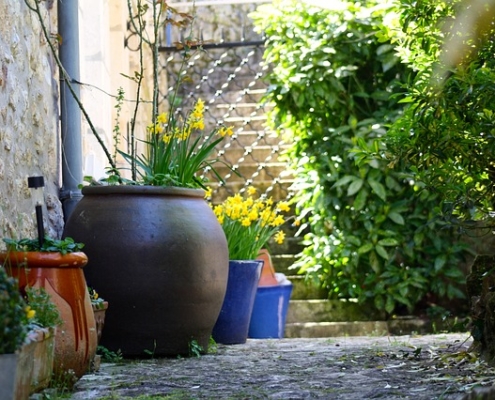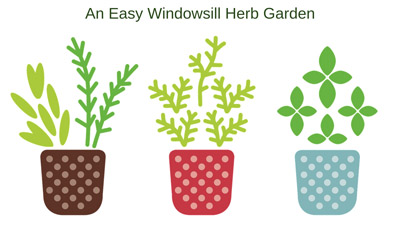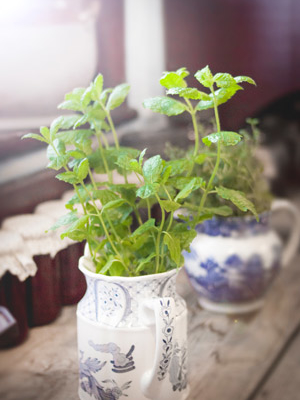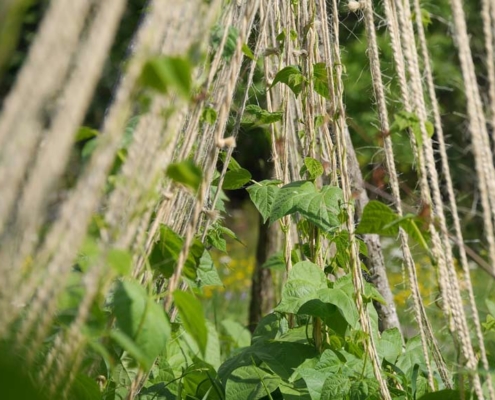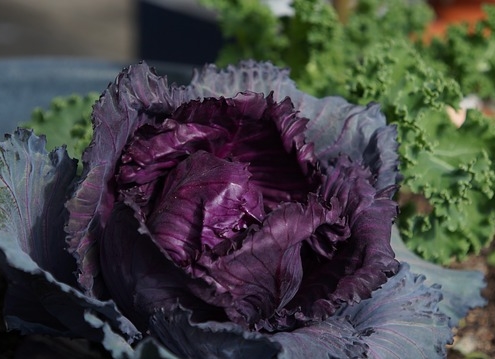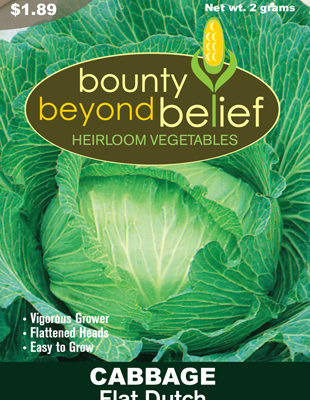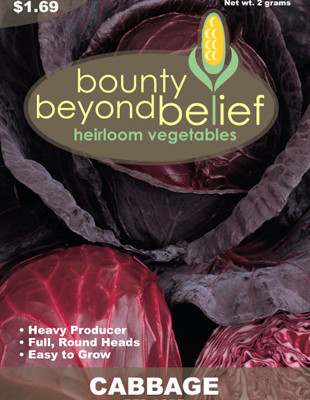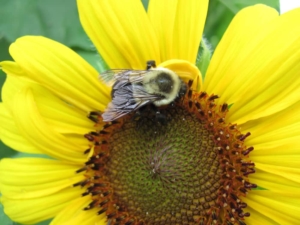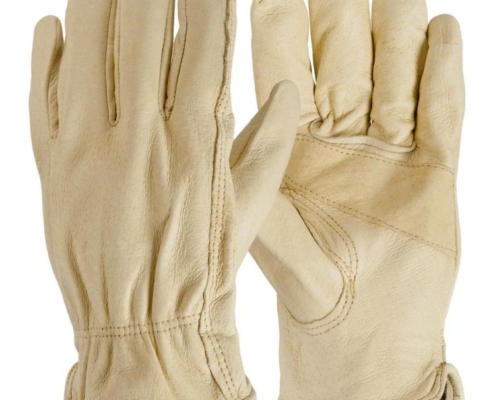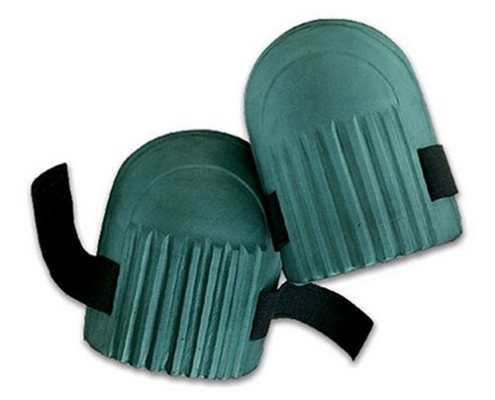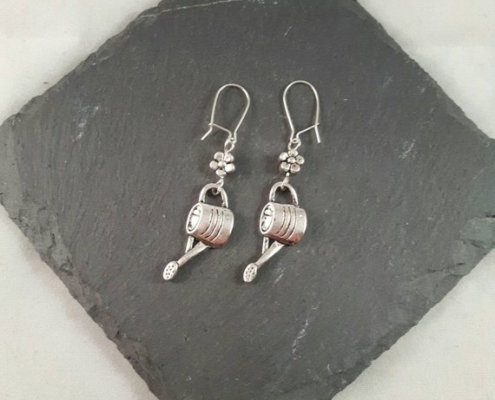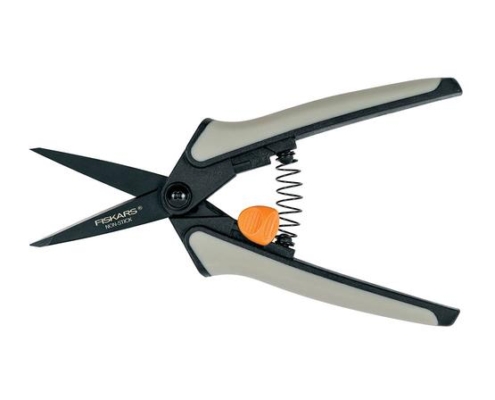Three Ways to Compost that Will Fit Your Lifestyle
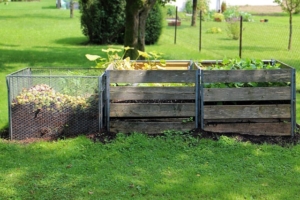 Composting Basics
Composting Basics
by Sam Doll
Composting seems like ‘all the rage’ right now! Taking some of your food and paper waste out of the landfill is a great way to reduce your waste, take care of the environment, and create an excellent supplement for your (or a lucky neighbor’s) garden! We’ll show you three ways to compost that will work with your lifestyle.
No matter where or how you are composting, there are some basic guidelines to be aware of.
First off, if you are composting at home, you want to avoid any animal products like meat and dairy (eggshells are fine). These products can create unwanted odors and attract pests like raccoons!
You also want to be aware of how much brown and green material that is going into your compost. Brown material is any dry, carbon-rich material. This includes shredded paper, dried leaves, or old plant material. Green material is nitrogen-rich material like food scraps, eggshells, grass clippings, and coffee grounds.
When composting you want to include equal amounts of brown and green materials. If you are using an outdoor composting system, you’ll want to alternate layering brown and green materials, usually starting with brown.
Finally, you can’t let the compost just sit. Mix it and water it to keep the microbes happy and healthy. Mixing it incorporates oxygen and watering cools the pile and prevents it from drying out.
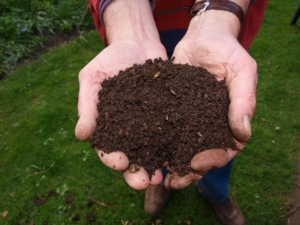
Indoors
You may have been reading this and thinking, “I have an apartment, I can’t compost!”. Composting inside can be difficult, but it’s not impossible!
The simplest solution is to find a neighbor, community garden, or farmer who would love to add your food scraps to their compost pile. Just store your scraps in a plastic bin with a lid and run over to the pile every few days.
If you don’t have a friend with a compost pile, you can still do it yourself. Many people have found great success in vermiculture, or “worm farming”! Vermiculture is a quick, odorless composting method that is great for those without access to a yard.
Check out this guide for various vermiculture methods and tips!
In-Vessel Composting
Have a little outdoor space, but don’t want to devote half your yard to composting? There are specialized composting bins that can handle all your household waste, speed up the composting time, and stay out of sight.
One of the fastest methods of the three ways to compost is to use a tumbler. Tumblers are plastic drums that can be rotated to mix the compost easily without getting your hands dirty. They are contained and inconspicuous. We recommend double-chambered rotating compost bins like this, which can turn scraps to finished compost in as little as two weeks.
There are also plastic compost bins. These bins are open at the top and bottom. You usually add fresh material to the top and wait for finished compost to be scooped out of the bottom. These bins require little work, just the occasional watering, but can take a while longer than the rotating drum. We recommend this classic Soil Saver from All Green.
These composters are great and beginner-friendly, but they have limited capacity. They can handle an average household’s compost, at most, and that doesn’t include yard waste like grass clippings. If you want something that can handle a larger amount of compost, you’ll have to pursue more traditional methods.

